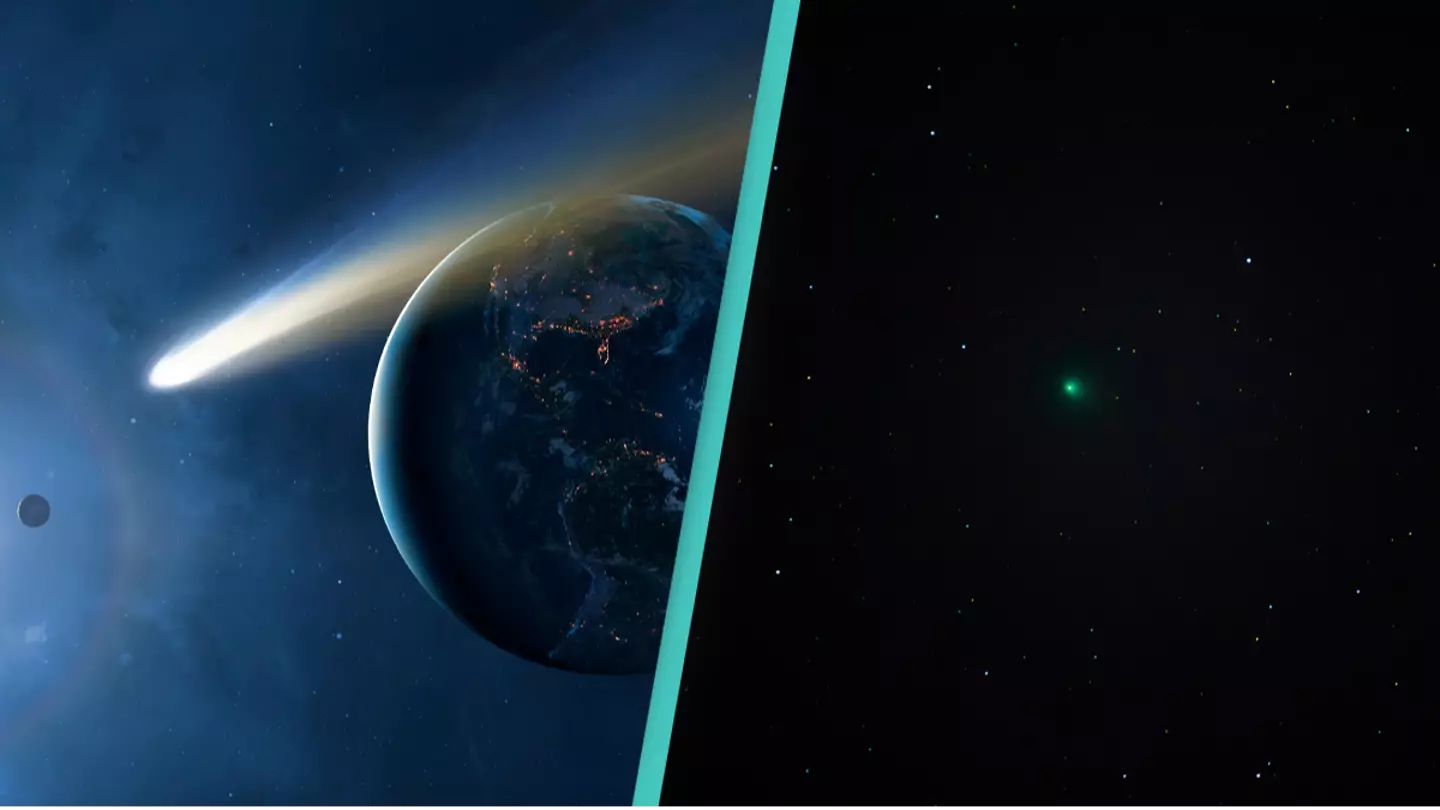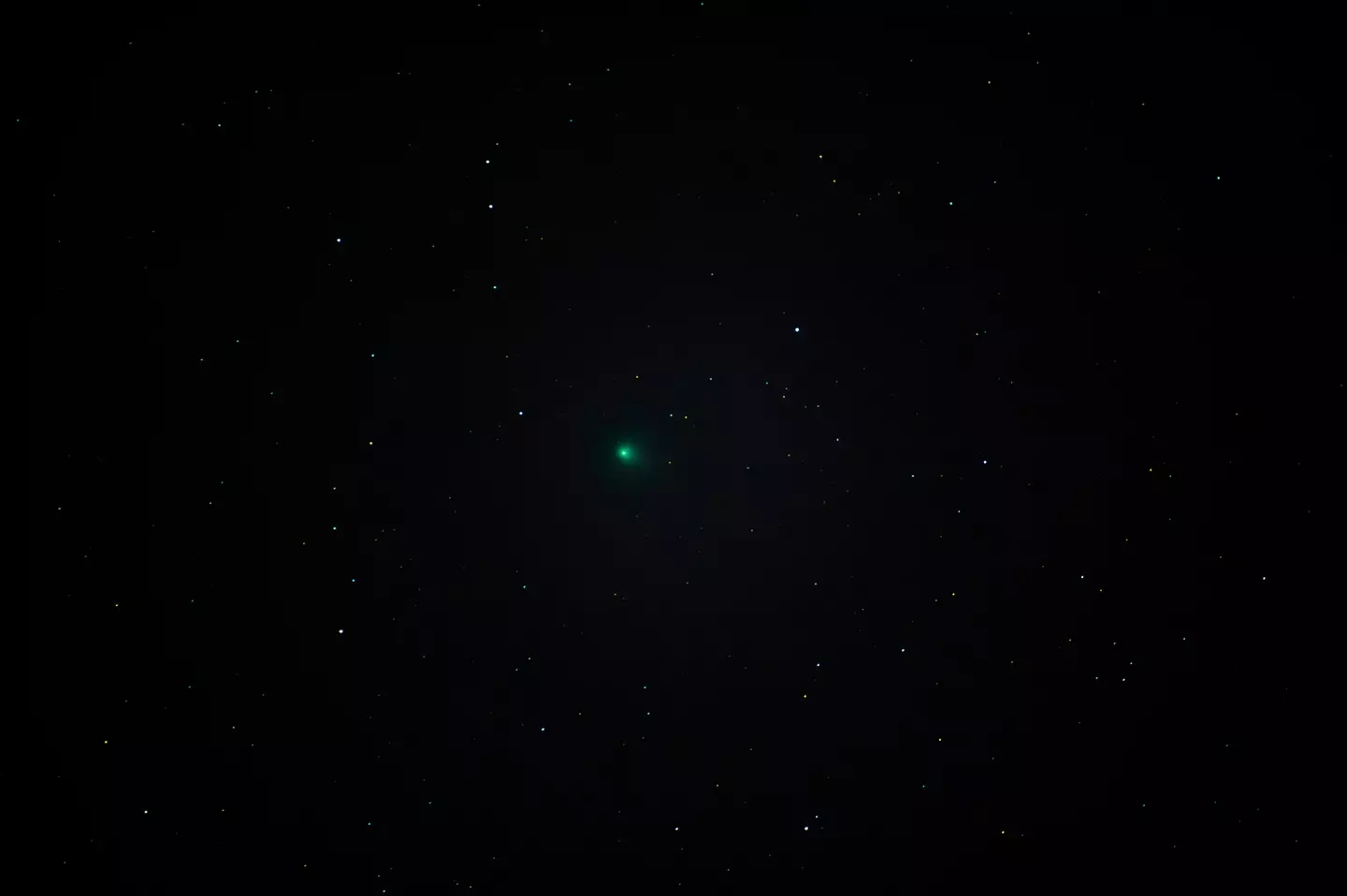
A newly discovered green comet is to pass Earth next week.
At half a mile in size, Comet Nishimura was discovered only one month before it’s expected to pass through our solar system.
EarthSky reports the comet - which passes by once every 437 years - was spotted by Hideo Nishimura from Japan, who was out photographing the stunning night sky on 11 and 12 August this year.
He managed to capture the comet (which now has his name): comet C/2023 PQ (Nishimura).
Before Nishimura managed to pick it up in his images, however, it had been hidden by the sun’s glare.
Advert
And this is the third comet that the amateur astronomer has discovered – what a top guy.
The ‘great icy ball’ now moving through space has a long tail, which often shows up on long-exposure photos.

Comet Nishimura should be visible to the naked eye from the Northern Hemisphere for five mornings after entering our solar system on Tuesday (12 September).
Advert
It will be closest to our planet that day, when it will pass at 125 million km (78 million miles) from Earth.
The perihelion (the closest approach to the Sun) will take place on 17 September, passing at just 43 million km (27 million miles).
If Comet Nishimura survives this close journey past the Sun, it should be visible again – but only from the Southern Hemisphere.
From 15 September, it will be quite difficult to catch it after sunset as the comet and the second brightest star in Leo, Denebola, will be close as well, being just 12 degrees from the Sun.
Advert

Basically, it’s more difficult to see the comet the closer it is to the sun.
And there is also a warning that while it will be visible at times to the naked eye, the trail may be rather faint.
When the comet pulls away from the Sun, EarthSky says it ‘will fade in brightness’.
Advert
“By mid-October it will be farther from the sun in our sky (20 degrees) and becoming dimmer. It will also be in daylight or below the horizon most of the time." they write.
So if you’re hoping to see it, early risers should look toward the northeastern horizon, towards the crescent moon and the planet Venus, before dawn.
As Comet Nishimura gets closer to the Sun each day, however, the green-colour should brighten but it will also drop lower in the sky.
“So you really need a good pair of binoculars to pick it out and you also need to know where to look,” said Paul Chodas, manager of NASA’s Center for Near-Earth Object Studies told the New York Post.
Topics: World News, Science, Space